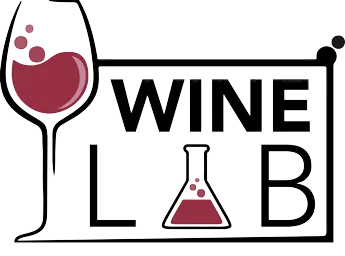The traditional method of producing sparkling wines, also known as “méthode champenoise”, requires that the bubbles are created inside each individual bottle and the clarification done in the same bottle. After harvest, the grapes are crushed and the juice fermented to create a high-acid, low-alcohol still base wine. Wines can be a blend of different vintages, grape varieties, or vineyards; they are then bottled with the addition of sugar and yeast. The yeast will feast on the sugar, starting a second fermentation that will create alcohol and CO2… and the bubbles are trapped! The sparkling wine goes through a period of maturation on the lees, after which this sediment needs to be removed. The bottles are rotated until they are upside down and the sediment has settled on their necks, a process known as riddling. To remove it, the necks are dipped in a freezing solution, then the bottle is quickly opened to release the frozen yeast sediment. Since some of the wine is expelled also, a mixture of wine and cane sugar (called dosage) is added to refill the bottle and define the style of the wine. The bottles are corked, shaken to incorporate the dosage, and allowed to finally rest.
The traditional method is used to produce some of the most popular sparkling wines in the world, including Champagne, Cremant, Cava, Franciacorta, and many other sparkles produced in the New World. Look for the words “Método Tradicional” of “Traditional Method” on the label.
Author: Maytte Rivera



